Different Type of Skin Acne you Need to Know
So, what comes to your mind when you hear the word ‘acne’? You are probably thinking of red and swollen bits all over your face. Well, you will be surprised to know that what you are thinking is just one type of skin acne. There are loads of other kinds of skin acne that are just as common.
What is acne?
Acne is a highly common type of skin condition that originates because the pores in the skin get blocked by sebum, bacteria, dead skin cells, and hair. Such blockages lead to different type of acne and pimples, such as whiteheads, blackheads, and so on.
It is such a common condition that at least eighty percent of people between ages eleven and thirty get at least some kind of mild acne. In many cases, the acne appears in adolescence and goes away with age. However, adult acne is highly common and affects countless individuals all through their lives. In fact, some people get acne for the very first time as an adult.
How many types of acne are there?
There are different types of acne but they can all be broadly classified into the following categories -
Non-inflammatory acne
- Blackheads
- Whiteheads
Inflammatory acne
- Papules
- Pustules
- Cysts
- Nodules
Non-inflammatory acne
As the name suggests, this type of skin acne is not accompanied by swelling. Also, over-the-counter acne treatments work pretty well on this type. If you want to combat non-inflammatory acne, rely on products having salicylic acid. It helps to remove dead skin cells that are responsible for acne breakouts.
Inflammatory acne
It refers to different type of acne that are swollen and red to look at. Though dead skin cells and sebum are to be blamed for inflammatory acne, the pores are mainly clogged up by bacterial attack. Bacterial infection gives rise to painful and red acne spots. Along with salicylic acid, it helps to have sulfur and zinc oxide when the aim is to deal with redness and swelling.
Also read: Link Between Your Diet and Acne: Foods that Causes Acne
Different type of skin acne
Now that you have a basic idea of how many type of acne are there, here is a detailed look at each type of acne:
Non-inflammatory type of acne
Blackheads or open comedones -
Blackheads happen when the pores are clogged by dead skin cells and sebum. Though the pore is open from the top, the rest is clogged. Thus, the acne looks black in color on the surface in this type of skin acne.
Whiteheads or closed comedones-
The chief difference between blackheads and whiteheads is that the latter forms when the top of the pores are closed up. Thus, it seems like a white small bump that is protruding from your skin.
These are harder to treat than blackheads because these pores are closed from the top already. However, there are over-the-counter medications available now for even the treatment of whiteheads.
Inflammatory type of acne
Papules -
Among different type of acne, papules show up when the walls around the pores start breaking down from extreme inflammation. As a result, you get clogged, hardened pores that are softer to touch. You might notice a pinkish tinge around the pores.
Pustules -
Pustules are seen when the walls right around the pores start breaking down. These red-colored bumps are usually full of bumps and protrude from the skin. Pustules might have white or yellow heads on the top.
Cysts -
Cysts develop when the pores get clogged by a mix of dead skin cells, sebum, and bacteria. These clogs tend to occur deep within your skin rather than on the surface like the nodules. Such large white or red bumps are typically painful to touch. It is the largest type of skin acne that is usually a sign of severe infection. Expect cysts to leave scars. Also, severe cysts can only be removed surgically.
Nodules -
Nodules form when those swollen and clogged pores are irritated and start growing larger. Since nodules form deeper in the skin, they cannot be treated easily at home. You need proper prescription medication to clear up the nodules. In most cases, the dermatologist will give you oral medicines containing vitamin A to take for at least six months. These medicines reduce the size of oil glands to prevent nodules.
Stages of all types of acne
Acne undergoes three main stages in most cases – mild, moderate, and severe:
- Mild: Mild acne mostly comprises whiteheads and blackheads, and even a few pustules and papules.
- Moderate: More pustules and papules are noticed at this stage, along with a wider spread of whiteheads and blackheads.
- Severe: In this case, a person gets a higher number of painful and large pustules, papules, cysts, or nodules. There can also be more acne scarring.
Use The Pink Foundry’s Overnight Acne Spot Corrector
Are you worried sick of different type of acne and trying to get rid of those red and swollen pustules? The Pink Foundry’s Overnight Acne Spot Corrector is here at your rescue! It is a fast-acting treatment that will clarify your skin and shrink the pimples quickly.
Enriched with active ingredients like glycerin, calamine, and salicylic acid, this Spot Corrector is also:
- Paraben & PABA Free
- Dermatologically Tested
- Non-Comedogenic
- Hypoallergenic
- Vegan & Cruelty-Free
Also read: Difference Between Acne and Pimples
The endnote
And that’s all! The good news is that all kinds of acne has some or other forms of treatment. So, all you need is to rely on the right kind of treatment.























































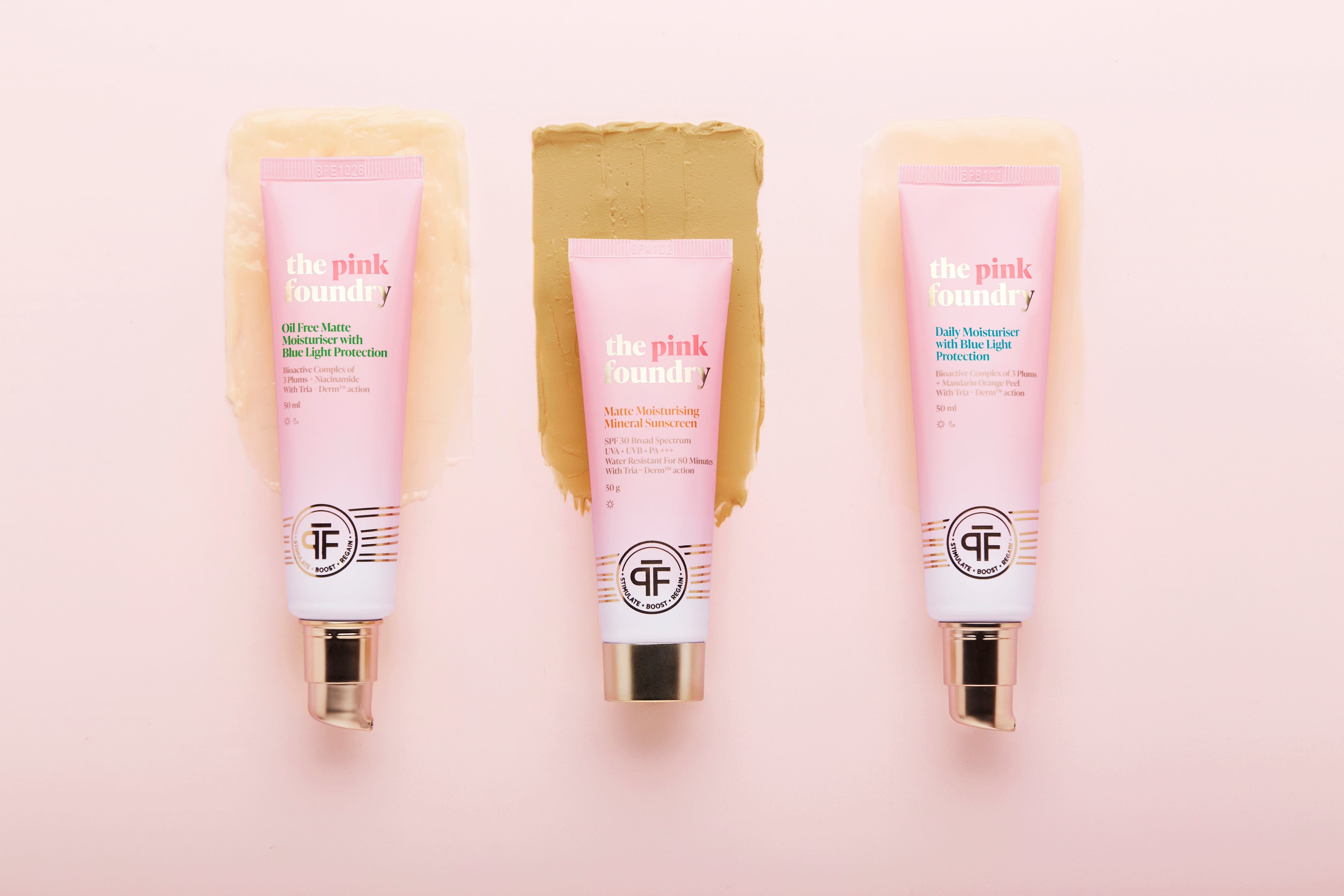
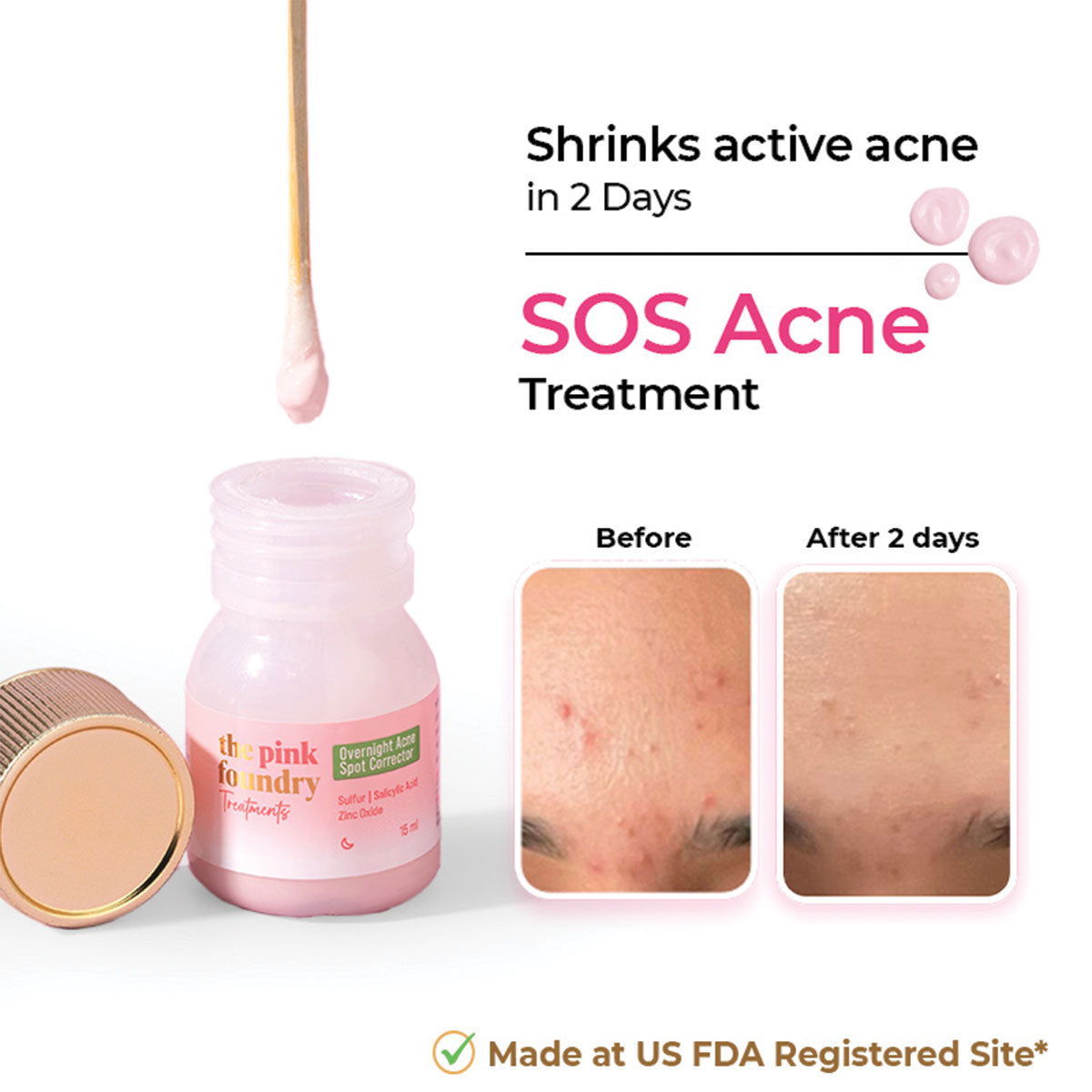
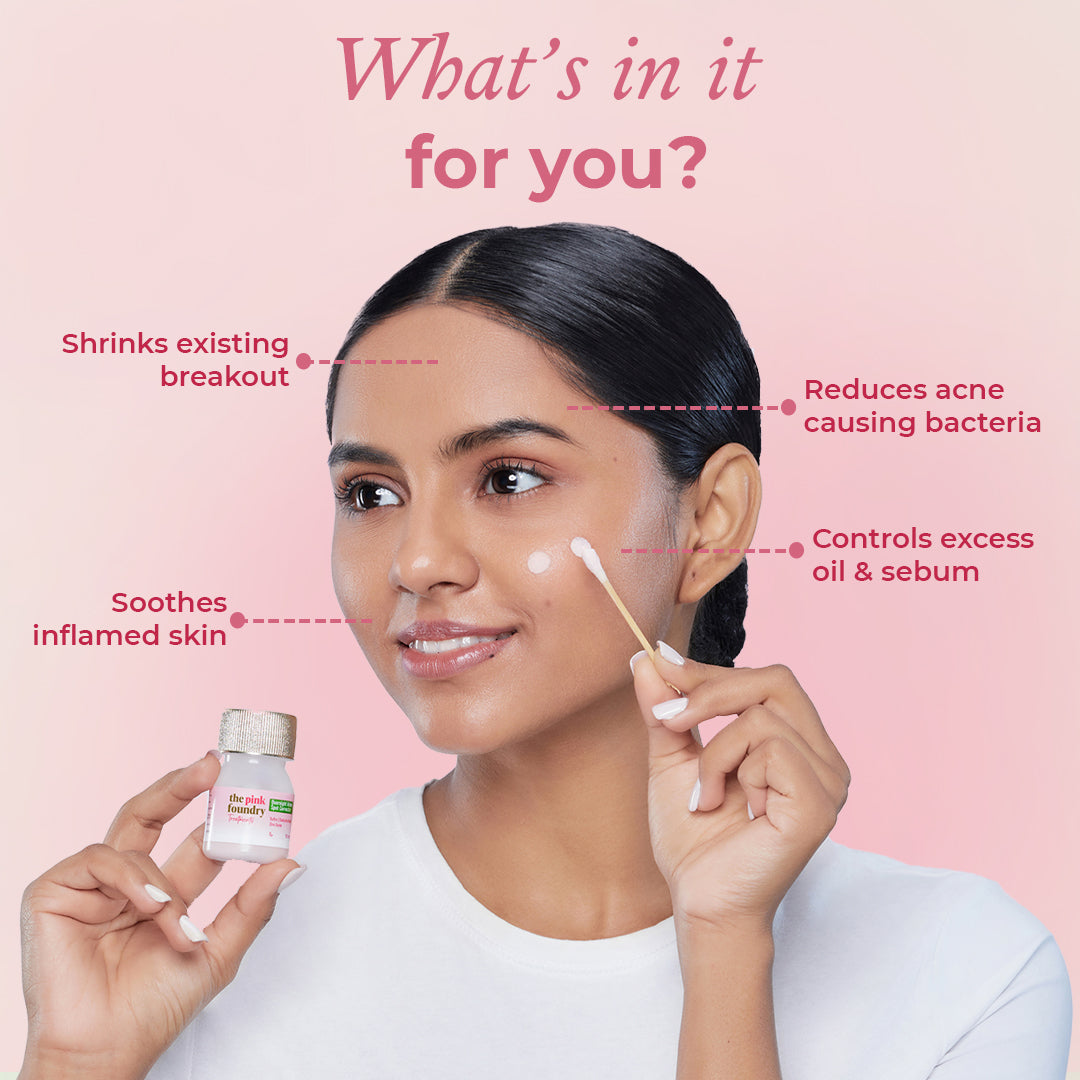
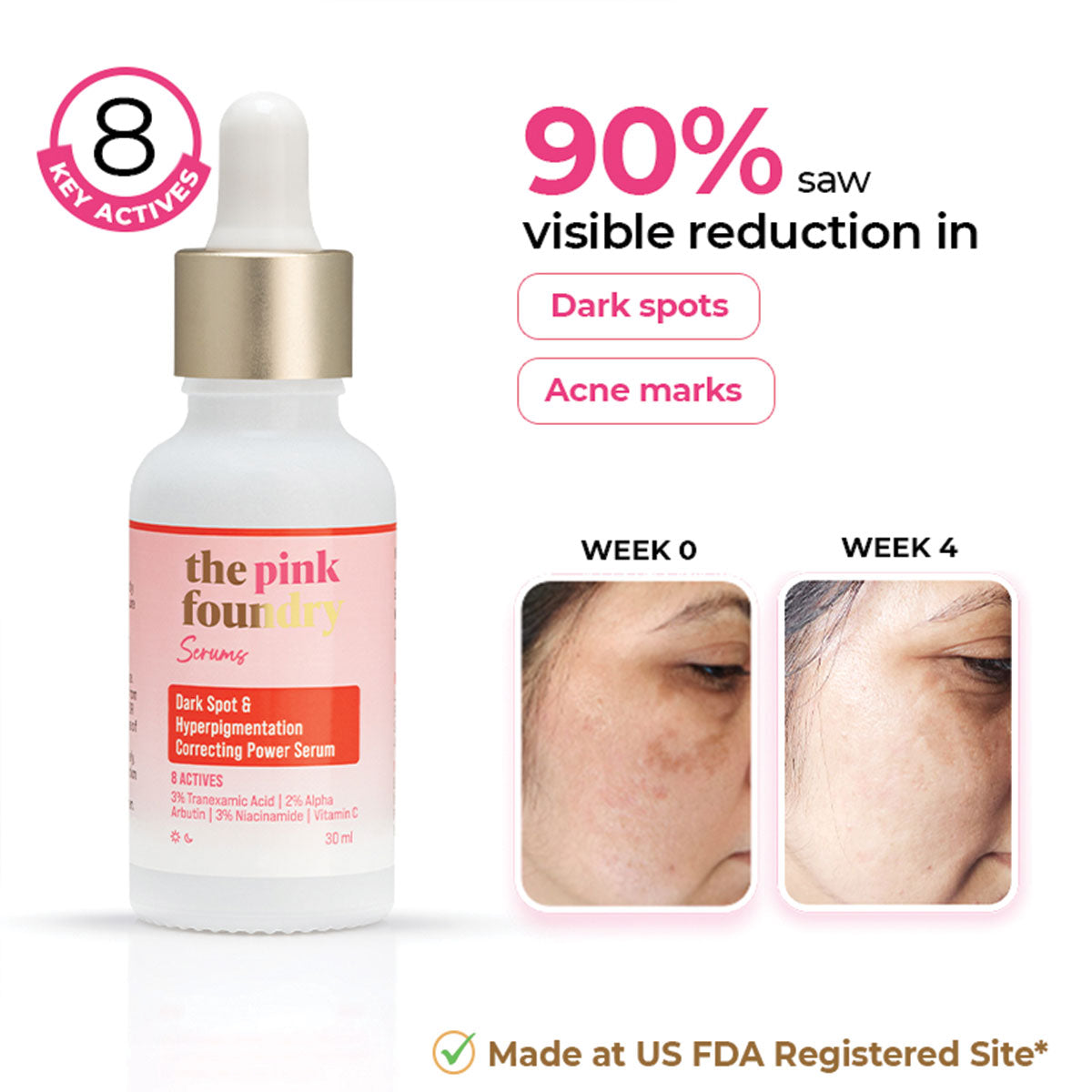
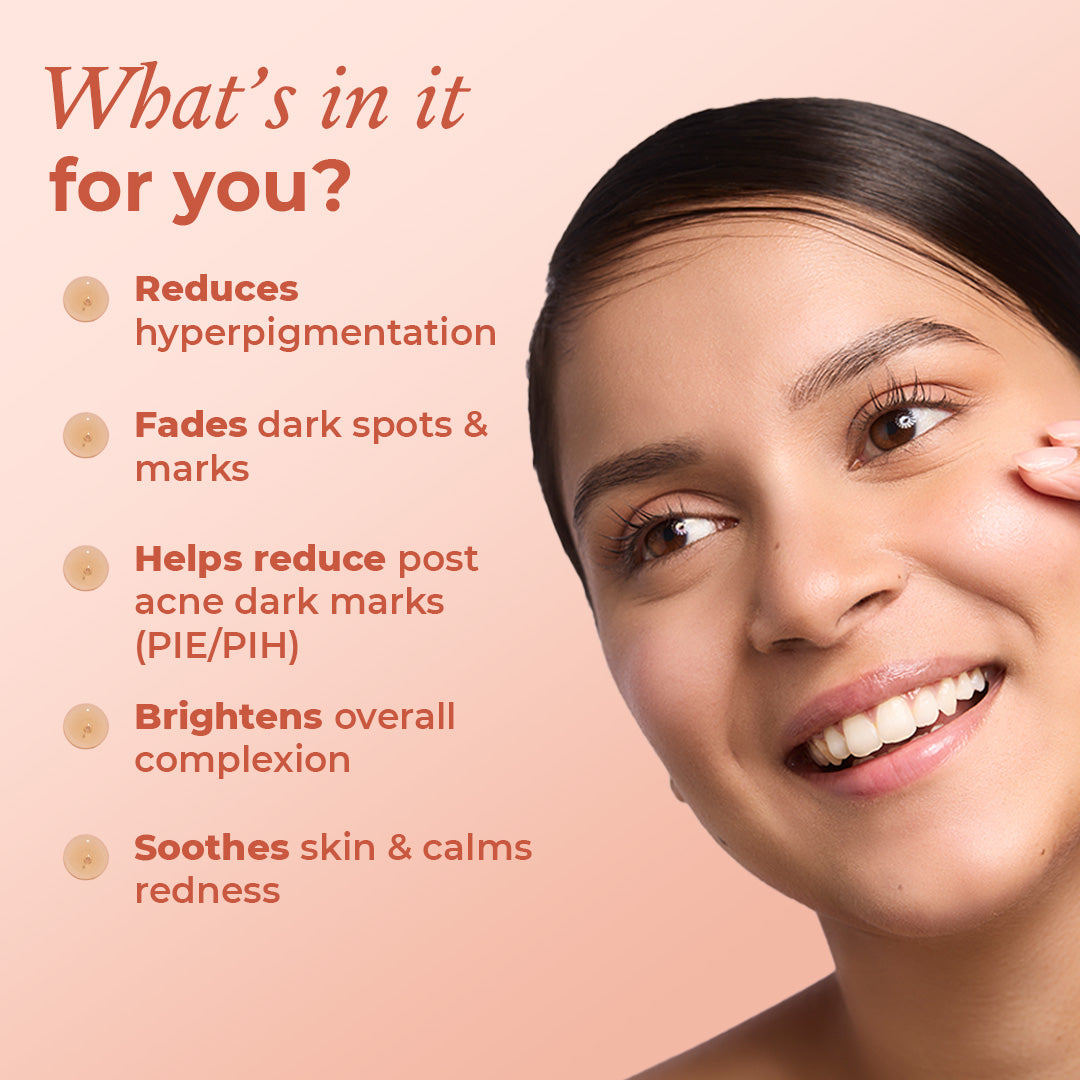
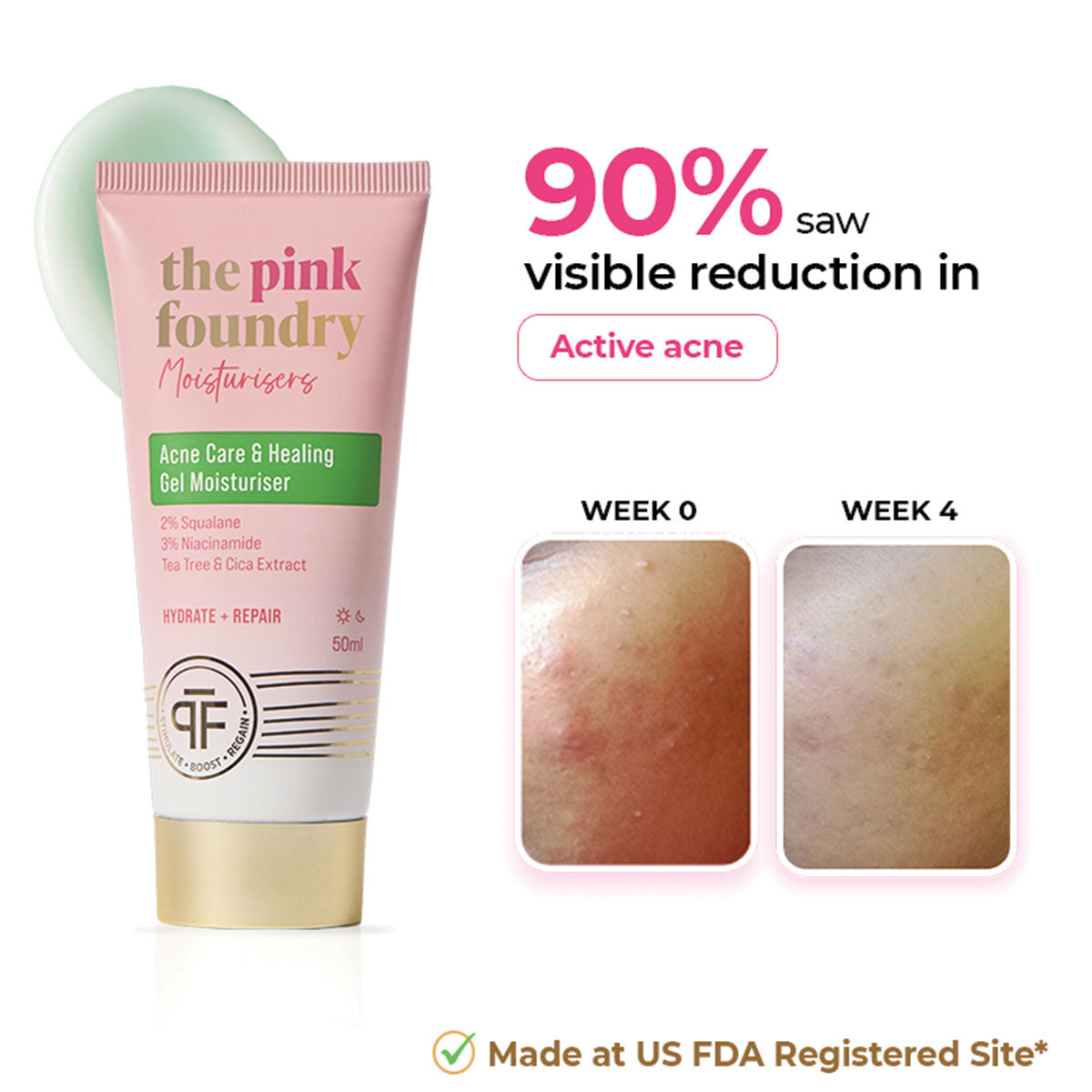
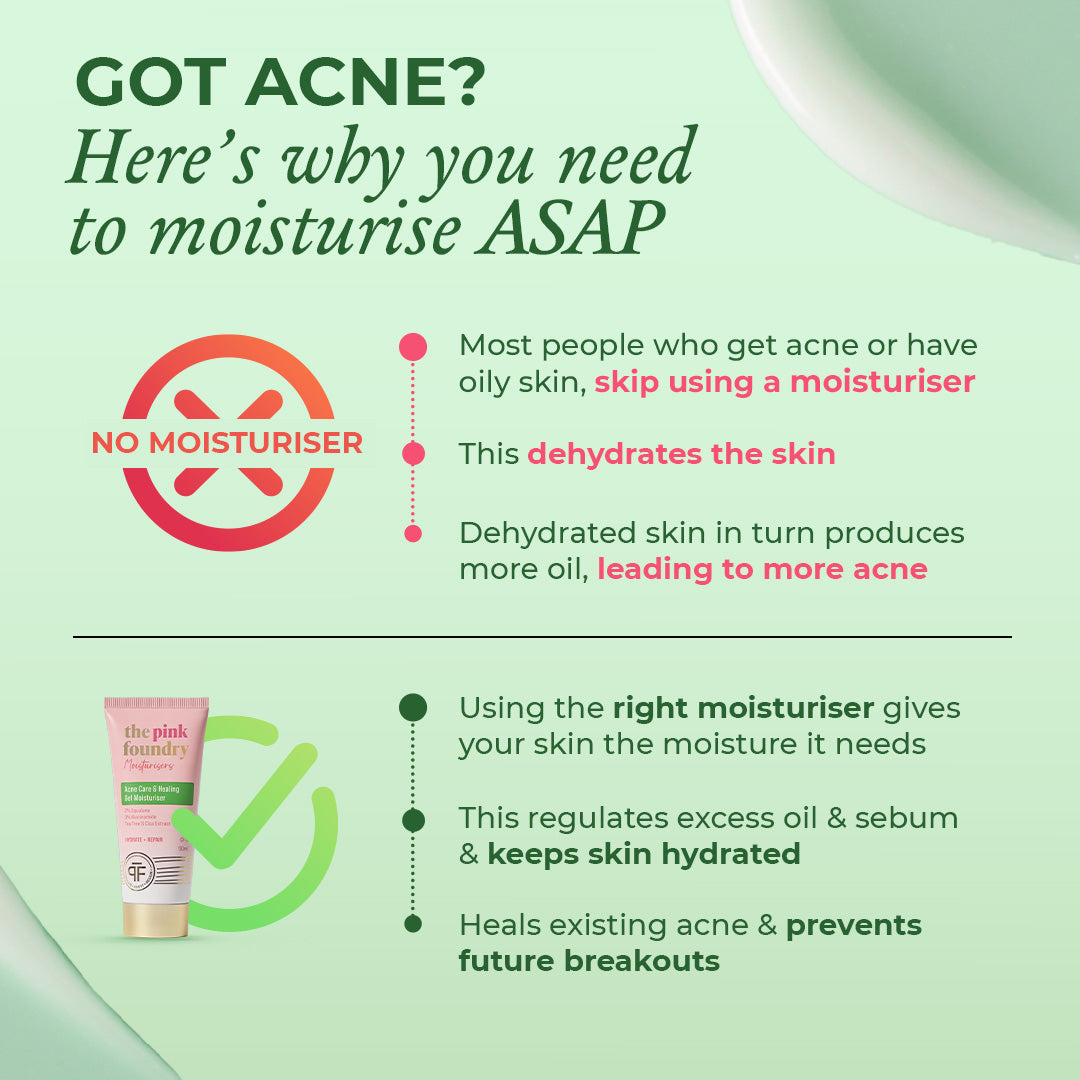
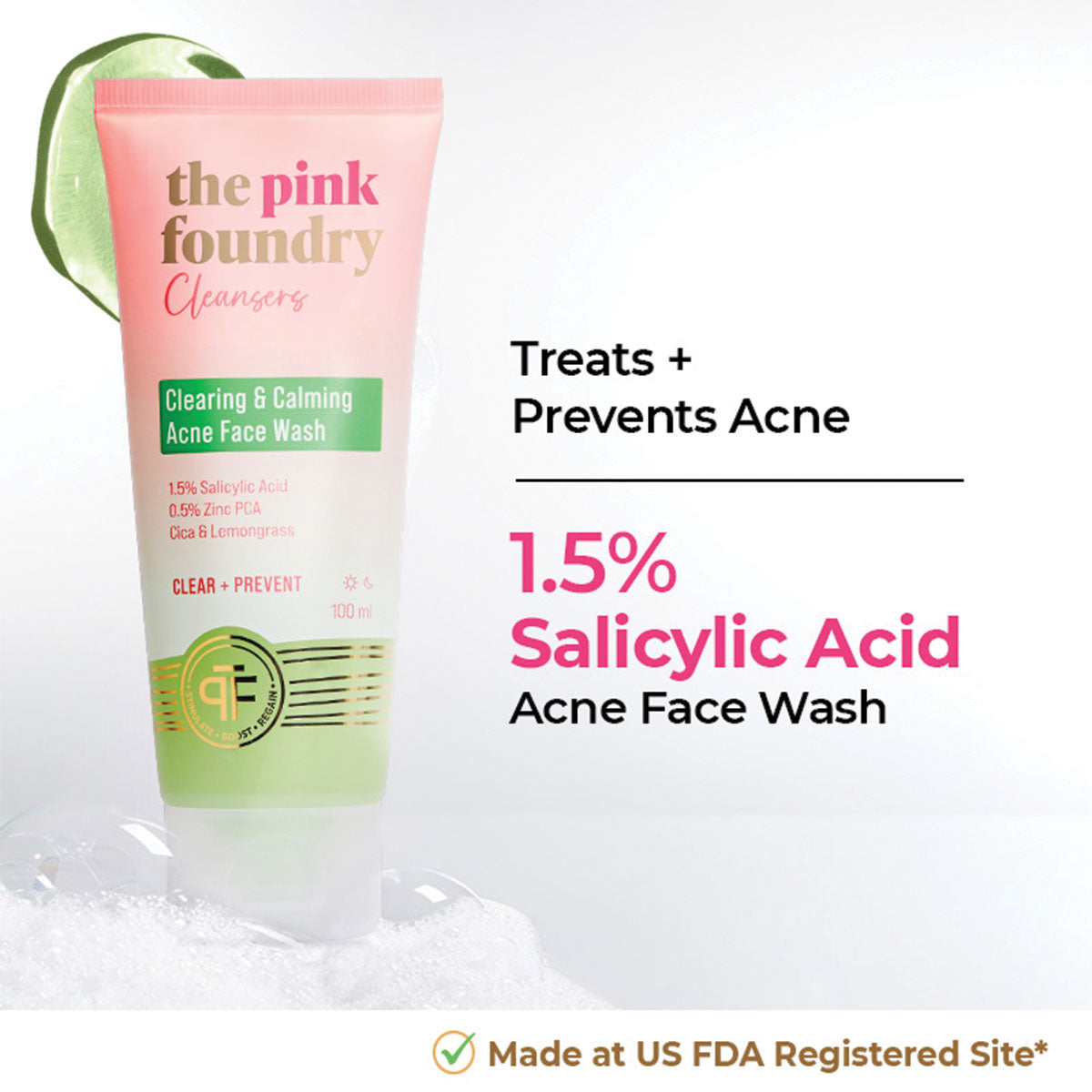
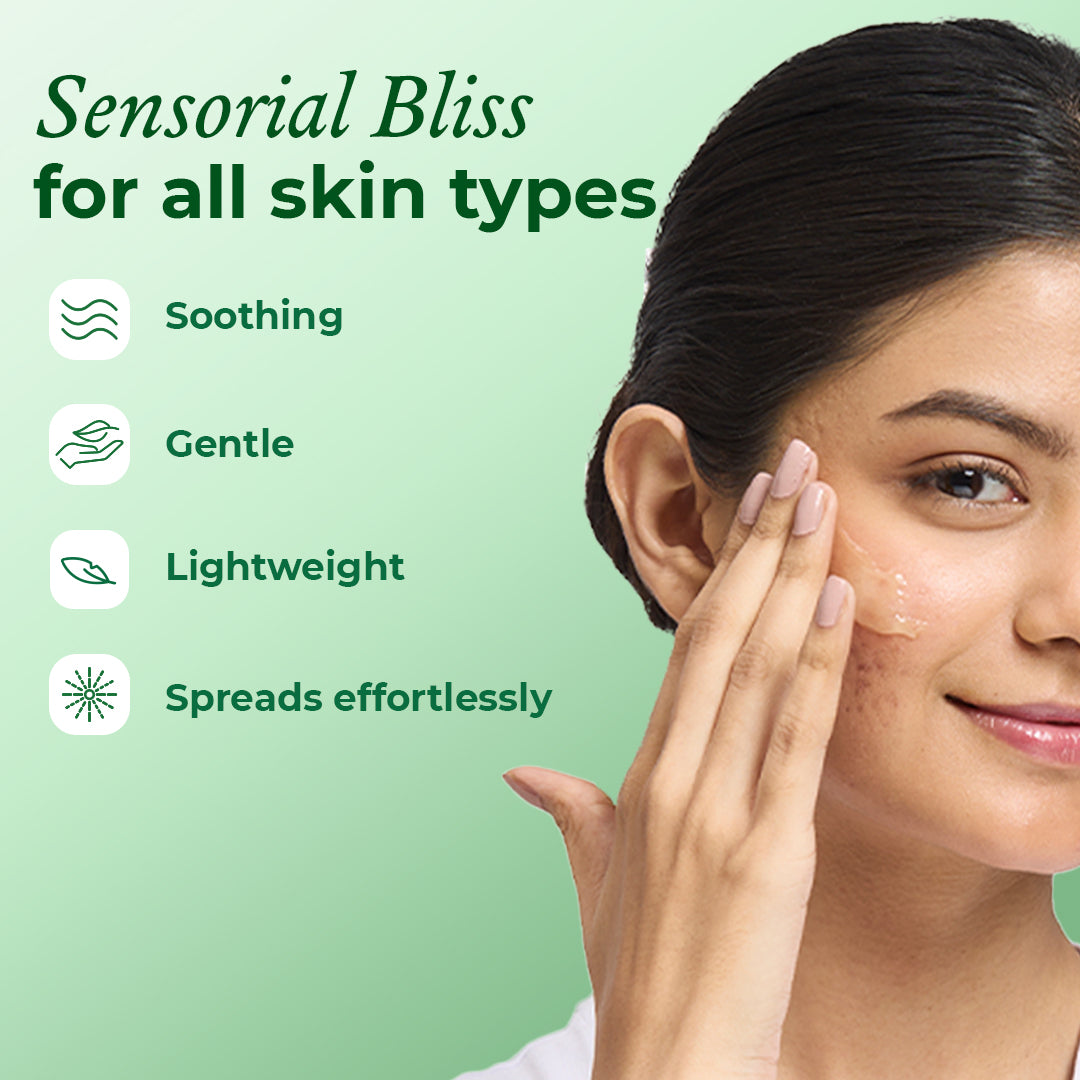
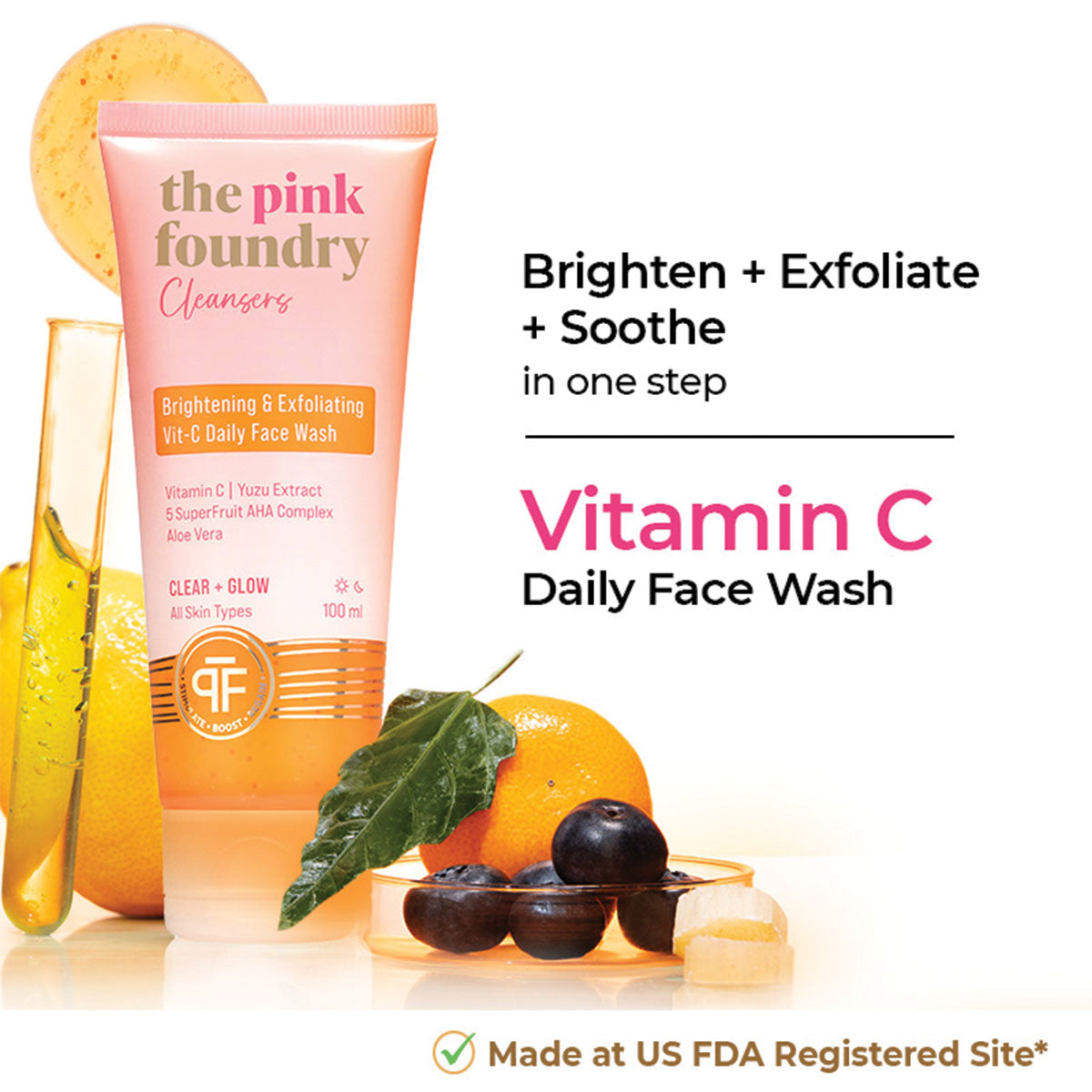
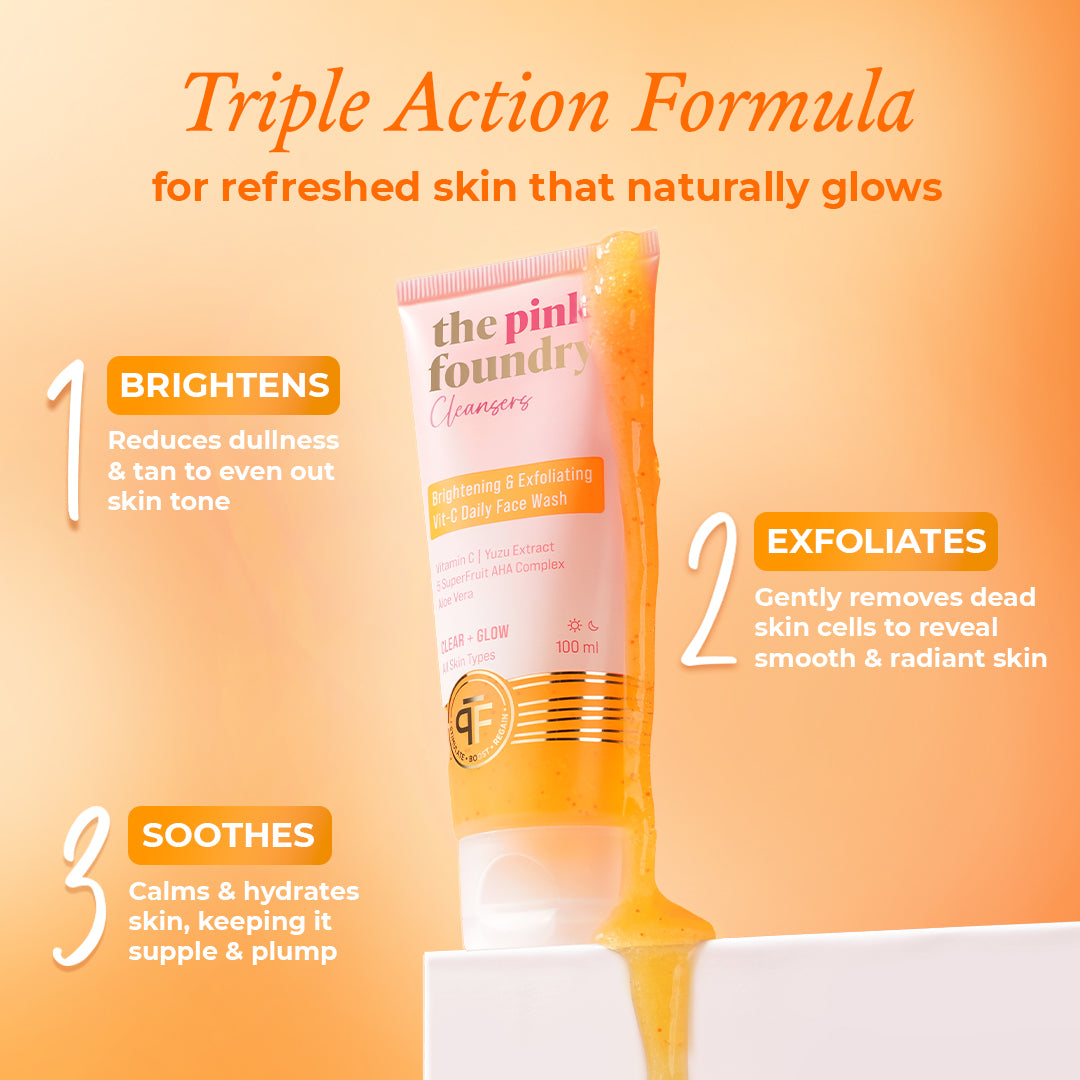

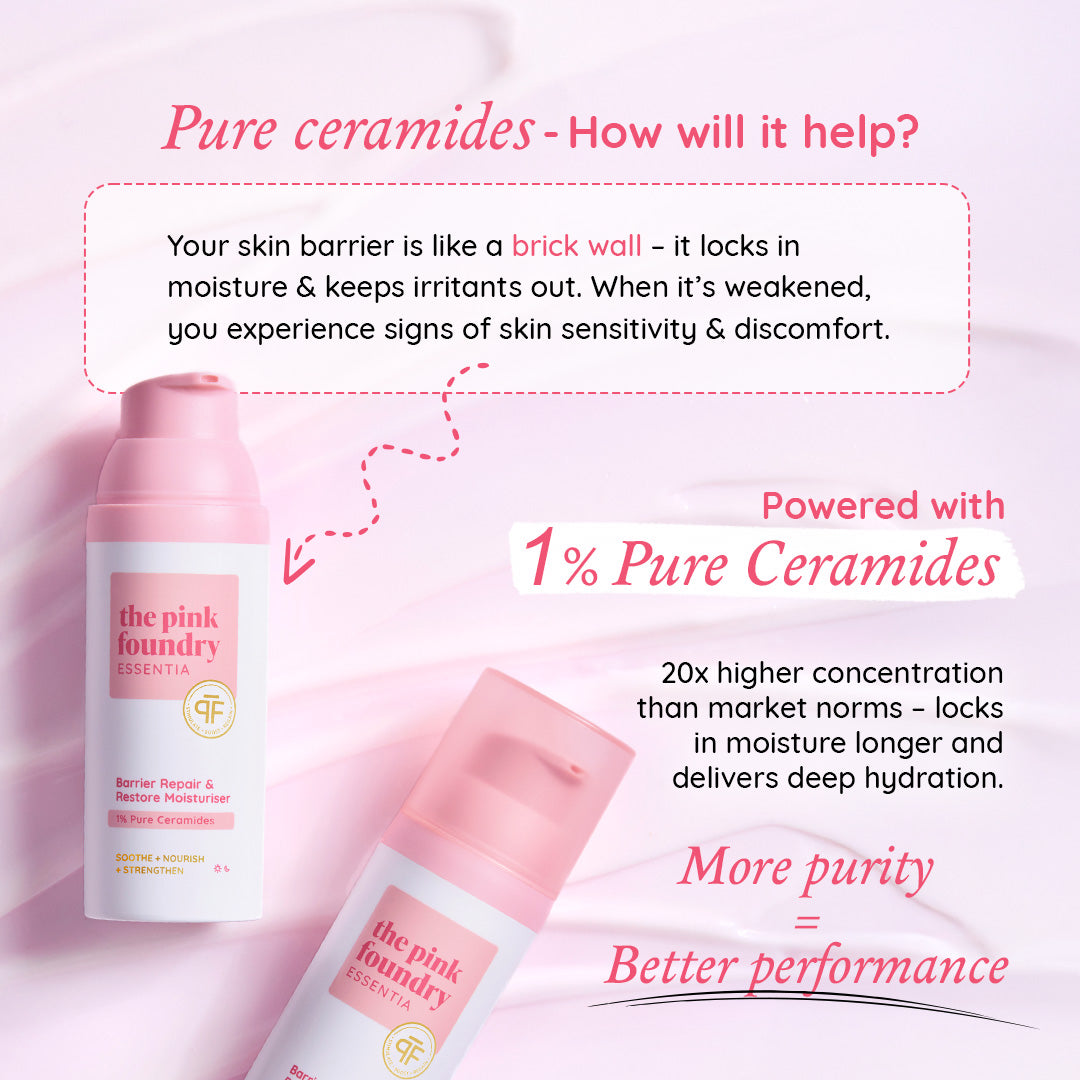




Leave a comment
This site is protected by hCaptcha and the hCaptcha Privacy Policy and Terms of Service apply.